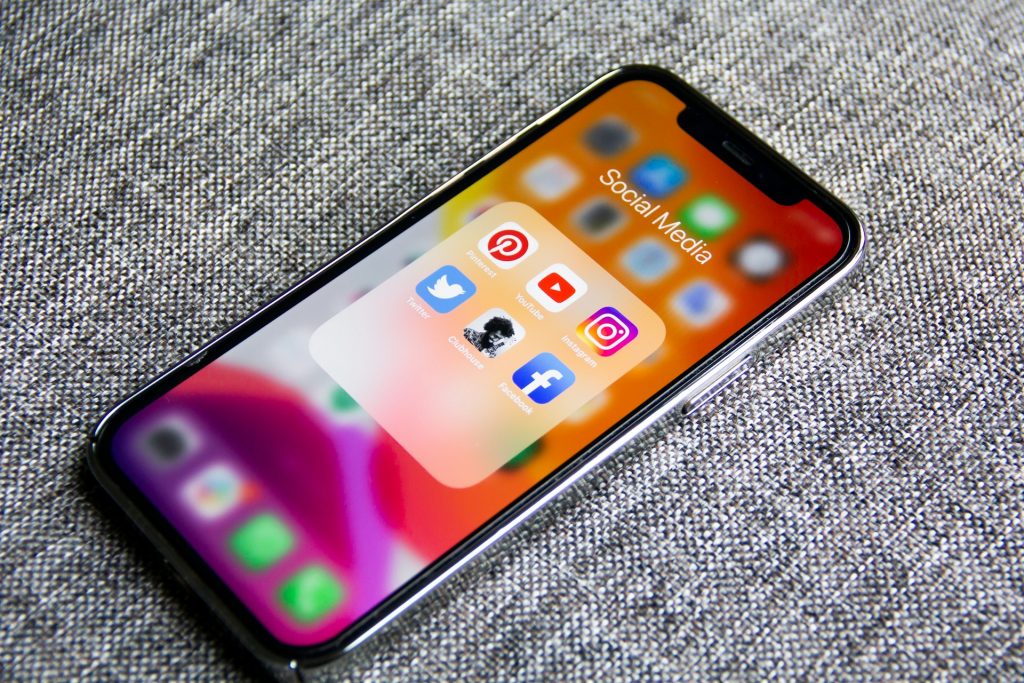
Exploring the world on a budget doesn’t mean cutting yourself off from the digital world. Most travellers today rely on mobile data to navigate, stay connected, and share moments, but roaming fees can add up quickly. To avoid high costs, consider simple strategies that let you stay connected affordably, including embracing eSIM technology. Here’s a guide to saving on data while making the most of your travels.
An eSIM, or embedded SIM, offers an easy, affordable way to stay connected without incurring steep roaming fees. With eSIMs, you can buy data plans for each country you visit without needing to swap out SIM cards, making it an ideal solution for today’s travellers. Once installed, these virtual SIM cards let you manage data plans via an app, adding more data as you need it—perfect for travellers who want to keep expenses in check.
For instance, if you’re travelling to Australia and aren’t sure how much data you need, Truely’s eSIM Australia plan starts at only $3.49.

Knowing your data needs can be a real money-saver. If you primarily use maps, messaging, or quick searches, a small data plan should be enough, as long as you make use of free Wi-Fi wherever possible.
If you plan to stream music or videos, be sure to download content in advance. Many eSIM providers offer country-specific or multi-country data plans, which can be far more affordable than traditional options, especially if you’re travelling through multiple regions.
Many public areas—like cafes, airports, and even some public transport—offer free Wi-Fi. However, it’s best to use these networks with caution, especially if you’re logging into accounts or checking personal information. A VPN (Virtual Private Network) can add a layer of security by encrypting your data, making it safer to use public Wi-Fi. By planning ahead and downloading maps or travel guides for offline use, you’ll also limit the need for constant data use on the go.
Even when you’re not actively using them, many apps update or refresh in the background, quickly eating into your data. You can disable background data for non-essential apps in your phone’s settings, allowing only critical apps to run.
This step can make a significant difference, as social media apps and email clients tend to update frequently. Additionally, disable automatic app updates and high-definition video streaming on mobile data, switching these features to Wi-Fi-only to further stretch your data.

If you enjoy having access to music, movies, or podcasts, download your favourites in advance. Many streaming platforms offer offline download options, allowing you to enjoy entertainment on flights, bus rides, or in areas with unreliable Wi-Fi without consuming data. This is an especially useful strategy if your itinerary includes long periods of travel or remote locations with limited connectivity options.
While SMS and traditional calls don’t require data, they can incur significant costs if you’re roaming internationally. Instead, apps like WhatsApp, Signal, and Messenger provide a more affordable way to stay in touch. Just connect to Wi-Fi whenever possible to save data, or use your eSIM’s data plan to stay in touch at a fraction of the usual cost.
Even with a well-planned data strategy, it’s still a good idea to monitor your data usage periodically. Most smartphones include data tracking, or you can download an app to keep tabs on how much data you’re using. Regular monitoring lets you adjust your usage if you’re nearing your limit, avoiding overage charges. This approach also helps you understand your own data habits, so you can tailor your plan accordingly for future trips.

When travelling across multiple countries, an international eSIM plan can be a convenient and cost-effective choice. Many eSIM providers offer plans that cover multiple destinations, allowing you to avoid the hassle of buying a new SIM card in each place. This approach is ideal if you’re travelling through Europe or Southeast Asia, where borders are close, and frequent changes could otherwise disrupt your connectivity.
Since not all eSIM plans are created equal, it’s worth comparing providers to find the one that best matches your itinerary. Some providers offer country bundles, while others allow you to switch networks with minimal fees as you move between destinations. The flexibility of eSIMs, paired with affordable international data plans, allows you to enjoy your travels without interruption.
Navigation apps are lifesavers when travelling, helping you explore new places and find hidden gems. However, they can also use up a surprising amount of data, especially if they’re left running in the background. Save on data by downloading offline maps before you arrive at each destination. Apps like Google Maps and Maps.me offer offline map downloads, allowing you to navigate without using data at all.
Offline maps not only help you conserve data but can also help you load faster in areas with poor connectivity. It’s an effective way to stay on track while keeping your data plan intact.

If you’re travelling with family or friends, sharing data by creating a mobile hotspot can be a cost-effective option. Just keep in mind that hotspots tend to drain your battery quickly and can consume data faster than individual usage. Make sure your data plan has enough capacity if you plan to use a hotspot extensively.
Alternatively, some eSIM providers offer plans with generous data limits, allowing you to share data without worrying about running out. It’s worth considering if you need frequent connectivity for multiple devices or travellers.
Staying connected while travelling shouldn’t break the bank. With a few savvy strategies—like utilising eSIMs and being mindful of your data usage—you can enjoy all the benefits of being online without the financial stress. By keeping data costs low, you’ll have more to spend on the experiences that truly make a trip memorable.
Kathy was a 50 something year old when she started up this blog 6 years ago, but has since turned over another decade and is now in her early 60s. She is married with two adult children and lives on the Tweed Coast of New South Wales, Australia. Kathy enjoys living life to the fullest and loves to keep fit and active by maintaining a healthy diet and exercising regularly. Some of her interests include reading, photography, travelling, cooking and blogging! Kathy works part-time as a freelance writer but her real passion is travelling and photographing brilliant destinations both within Australia and overseas and writing about it.

